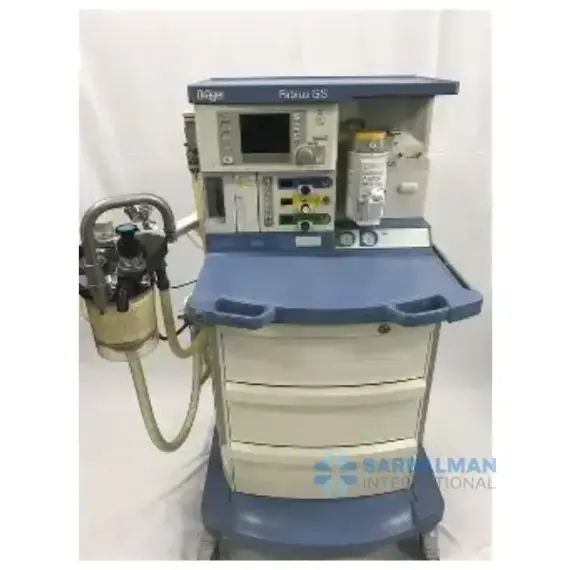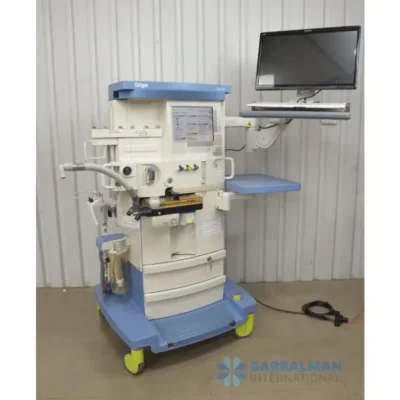Anesthesia Machine
Free!
An anesthesia machine is a complete workstation that blends medical gases, adds anesthetic vapor, and ventilates the patient through a breathing circuit. It keeps oxygenation stable, removes CO₂, and provides alarms and monitoring for safe surgery. Choose it for accurate gas delivery, integrated ventilation, and streamlined workflow in operating rooms and procedure suites—ideal for teams that want dependable performance with clear controls and easy maintenance.
Description
An anesthesia machine is a complete workstation that delivers a precise mix of medical gases and anesthetic vapor to keep patients safely unconscious and pain-free during surgery. It blends oxygen and air, meters fresh-gas flow, vaporizes liquid anesthetic agents, and routes the mixture through a breathing circuit while removing carbon dioxide via a CO₂ absorber. Modern systems integrate a ventilator, safety alarms, and monitoring to maintain stable airway pressures and gas concentrations throughout the procedure.
Key features and benefits
• Accurate gas delivery: flowmeters and vaporizers provide consistent concentrations for predictable depth of anesthesia.
• Integrated ventilator: supports spontaneous, assisted, and controlled ventilation with adjustable tidal volume, rate, and pressure limits.
• CO₂ absorption: circle system with absorber helps conserve heat and humidity while limiting rebreathing.
• Safety protections: oxygen failure safeguards, hypoxic guard, pressure-relief valve, and priority alarms help prevent user and patient error.
• Monitoring ready: ports or built-in modules for capnography, agent concentration, oxygen analysis, and spirometry support continuous oversight.
• Ergonomic design: clear controls, color-coded gas pathways, and easy-to-change absorbent canisters streamline workflow and turnaround.
• Serviceability: modular components simplify cleaning, leak testing, and routine maintenance.
Common uses and applications
• Operating rooms in hospitals and ambulatory surgery centers for general anesthesia.
• Procedure rooms for short cases requiring airway control or deep sedation.
• Teaching hospitals and simulation labs for training on ventilation and gas management.
Comparison and selection tips
• Basic vs advanced workstations: advanced models add ventilation modes such as pressure control, pressure support, and volume guarantee for greater flexibility across patient types.
• Integrated monitoring vs external monitors: integrated solutions save space; external modules offer upgrade flexibility.
• Mobility: compact, cart-based systems suit smaller rooms; larger platforms provide more storage and gas cylinder capacity.
Quality and compliance context
• Buyers often look for devices designed to meet widely recognized medical electrical standards for anesthesia workstations and conical breathing-system connectors, along with local regulatory approvals.
• Routine pre-use checks, leak testing, and adherence to institutional protocols are essential to safe performance.
Who it’s for
• Surgical teams seeking precise gas control, reliable ventilation, and continuous monitoring in one workstation that supports efficient, safe anesthesia care.





